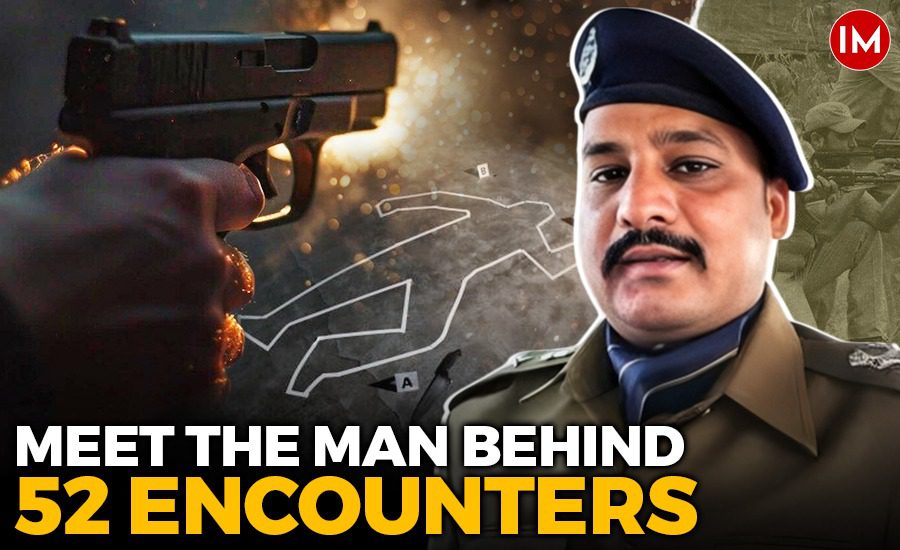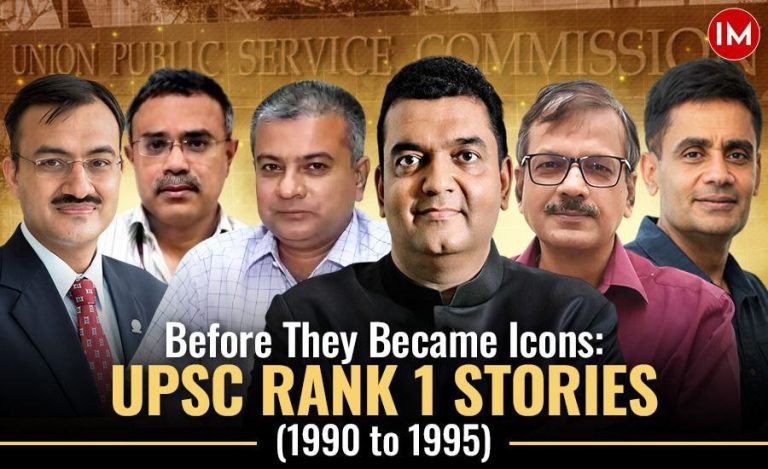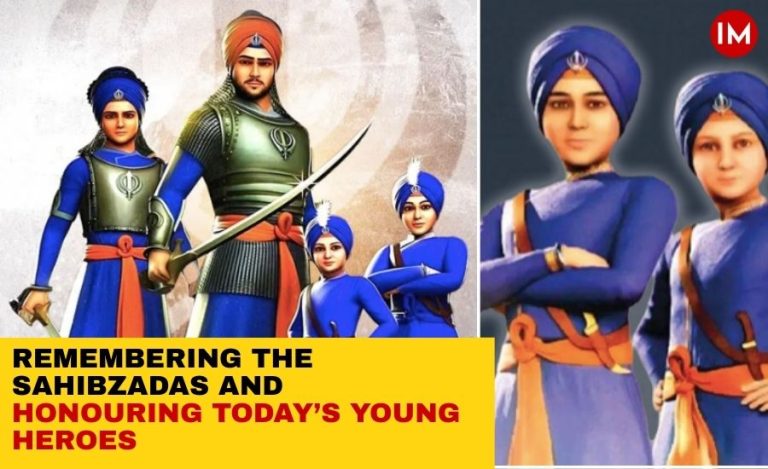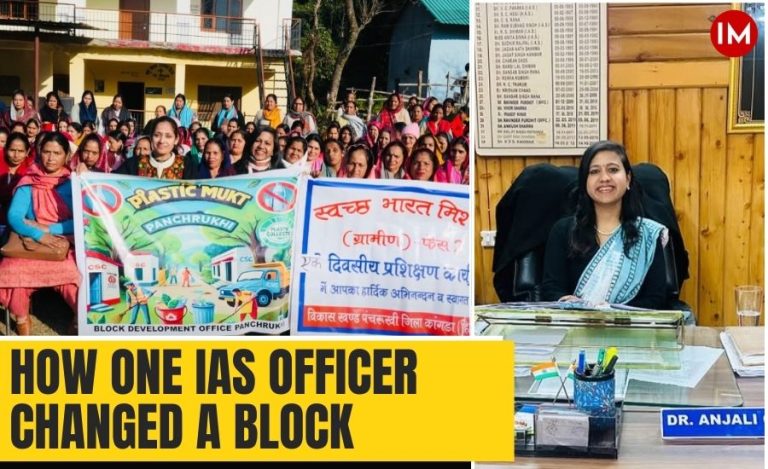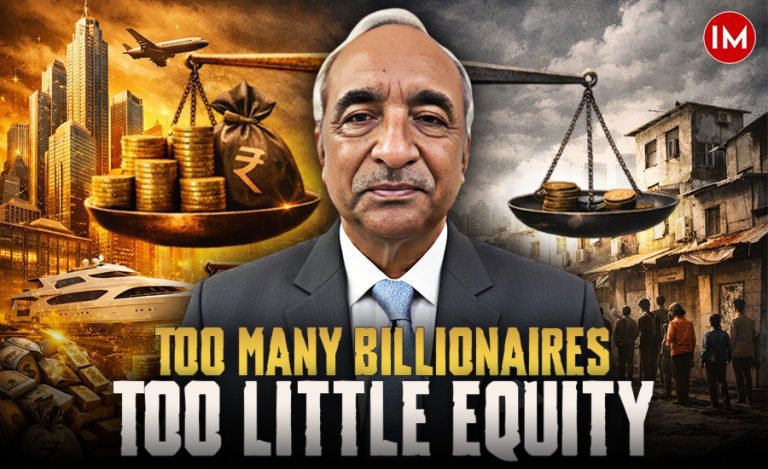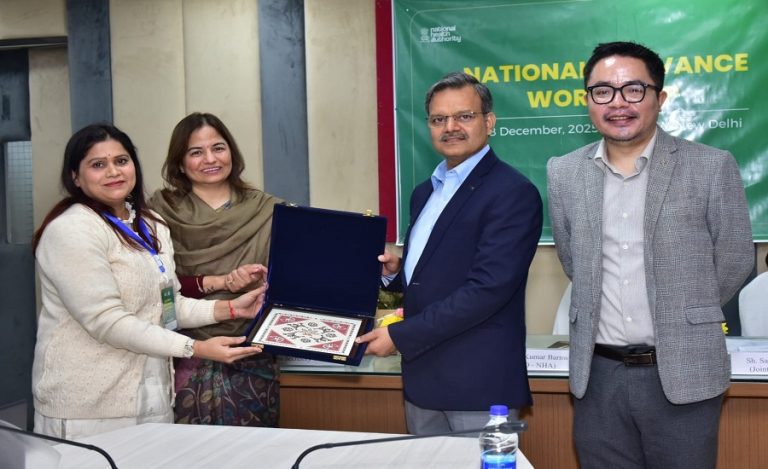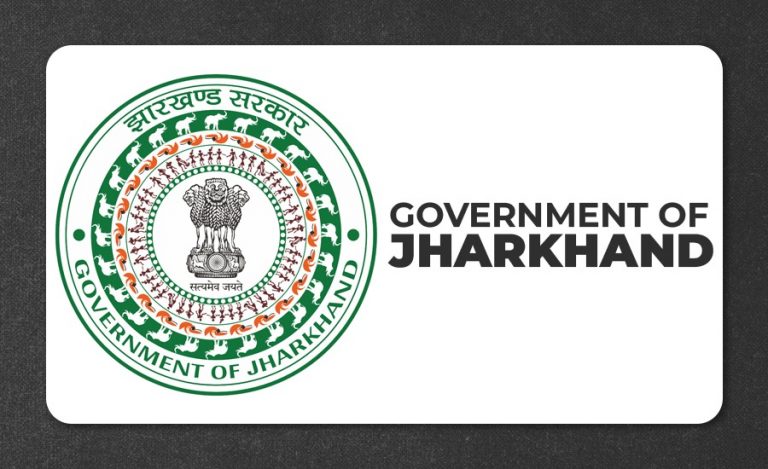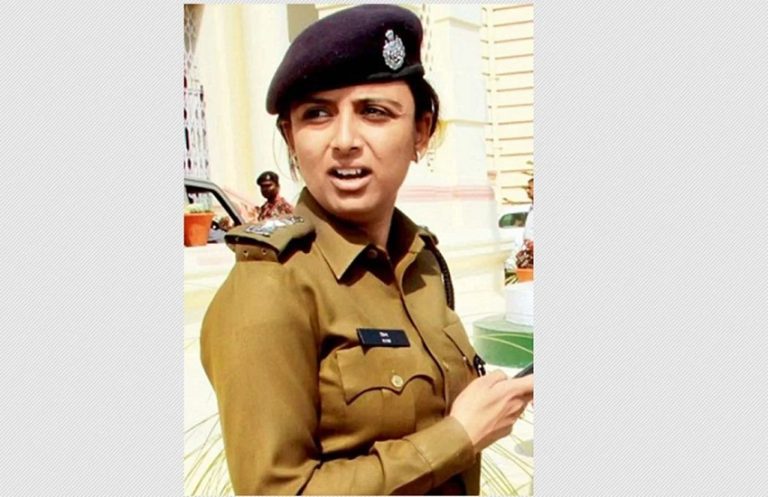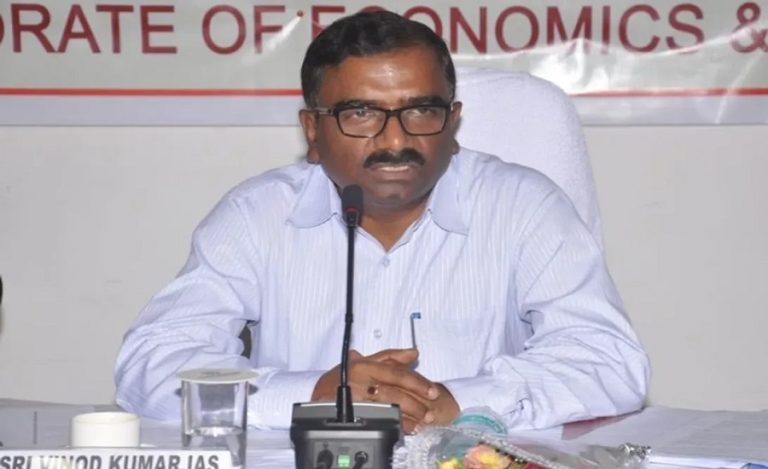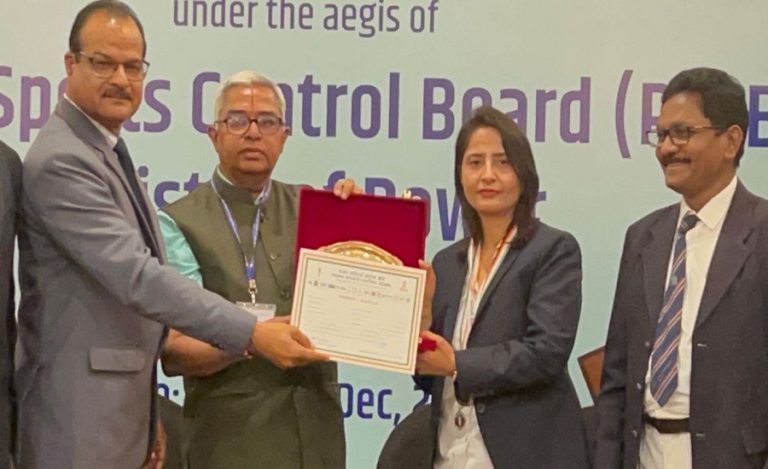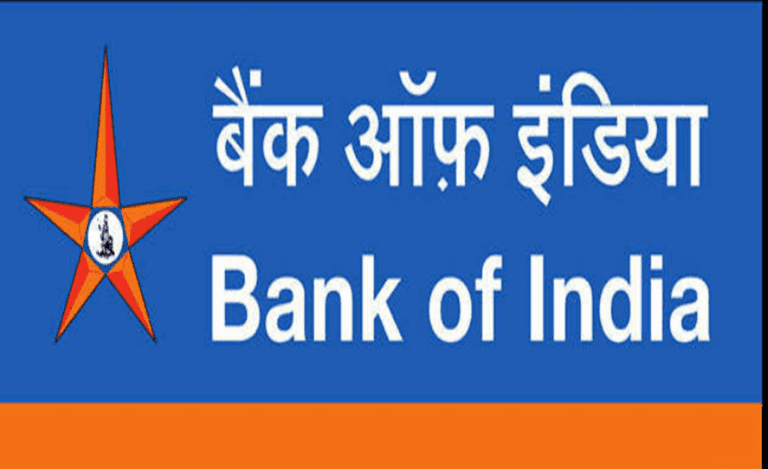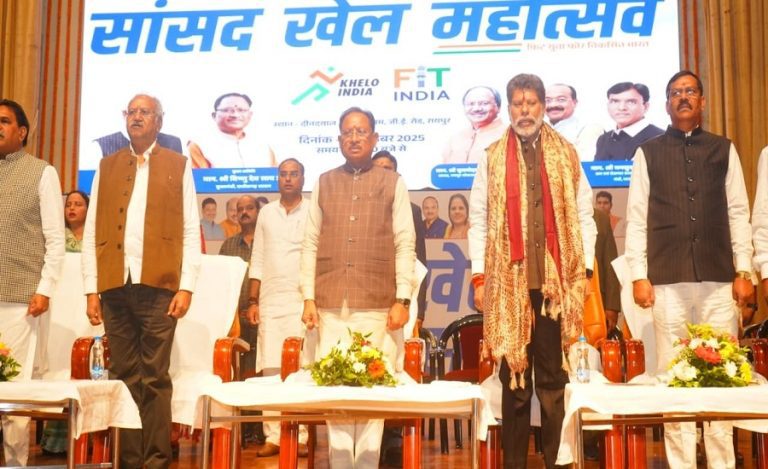Born on July 11, 1981, in Mahrajganj district of Uttar Pradesh, Ajay Kumar Sahni was not raised in the glare of big-city privilege. His upbringing was marked by simplicity, discipline, and an early sense of public duty instilled by his father, B.N. Sahni.
An excellent student, Sahni earned a Master’s in Economics and a B.Ed., reflecting a mind trained both in logic and empathy: two traits that would later define his approach to policing. In 2009, he joined the Indian Police Service, a career path that would place him in the heart of Uttar Pradesh’s toughest law enforcement challenges.
A GROUND-LEVEL OFFICER IN A DESK-BOUND AGE
In a world where many prefer comfort over command, Ajay Kumar Sahni chose the opposite. He built his career not from behind a desk but amid dust, danger, and direct engagement.
As a 2009-batch IPS officer of the UP cadre, his postings took him to some of the most volatile districts in the state. From Siddharthnagar in the east to Meerut in the west, he handled law and order situations where local policing required not just intelligence networks but also courage and quick decision-making.
What sets Sahni apart is his belief that policing cannot be reduced to paperwork or protocol. For him, it is a living, breathing act and a combination of strategy, instinct, and compassion. His constant presence in the field earned him both respect and fear: respect among citizens, fear among criminals.
THE PHILOSOPHY OF “ACTIVE POLICING”
Ajay Sahni often describes policing as a “profession of presence.” His philosophy is simple: if the public sees their police officer in the field, confidence builds; if criminals see that same officer in pursuit, deterrence strengthens.
He has always placed emphasis on “active policing”, a model that combines intelligence-led investigations with rapid response. Under his leadership, teams are trained to anticipate criminal movement, track digital trails, and coordinate seamlessly across jurisdictions.
During his tenure in various districts, Sahni modernised local surveillance systems, integrated community intelligence networks, and encouraged officers to use technology not just for reactive work, but for pre-emptive action.
THE MAN WHO FACED THE BULLETS
Fieldwork, for Sahni, is not a symbolic gesture. He has led more than 52 encounters in his career, a number that speaks not to aggression, but to an unflinching readiness to act when the law demands it.
There have been nights when bullets tore through his jacket, days when operations stretched into sleepless marathons, and moments when the line between risk and rescue blurred completely. Yet, those who have served under him say he never sends a team where he wouldn’t go himself.
This attitude earned him admiration within the force and among citizens who saw in him a rare kind of leadership, one that is visible, accountable, and personal.
BUILDING SYSTEMS, NOT JUST BREAKING GANGS
While headlines often highlight encounters, Sahni’s contributions go deeper. He has spent years strengthening policing systems, mentoring junior officers, and developing local intelligence networks that continue to yield results long after his transfer.
He encourages young officers to treat community interaction as seriously as crime fighting. In districts where fear once dictated silence, his team-building approach fostered trust between police and citizens. His model blends firmness with fairness, an approach that not only cracks down on crime but also restores public faith in policing.
He often reminds his subordinates that crime control isn’t about fear; it’s about assurance. When people believe that their police will respond justly, crime itself loses ground.
ENCOUNTERS THAT SHAPED A LEGACY
Over the years, Sahni led several high-stakes operations, each one testing his tactical skill and composure under fire. Among them were the elimination of Shiv Shakti Naidu, the neutralisation of Chand alias Kale, and the dismantling of the D-9 gang in eastern Uttar Pradesh.
Every operation brought not just short-term results but long-term impact, crippling the networks of gangs that once terrorised towns across multiple states.
But ask him about the number of encounters or criminals arrested, and he brushes it aside. What matters to him more, he often says, is “the stability of peace after the operation.”
THE RARE RECOGNITION
It is this consistent record of performance and field leadership that led to him being honoured three times with the President’s Medal for Gallantry, an extremely rare achievement in Indian policing. But for Sahni, the medals are merely acknowledgments of the work his teams perform daily.
POLICING IN PERSPECTIVE
For Sahni, policing is not just enforcement; it’s social architecture. It requires empathy as much as efficiency, conversation as much as confrontation.
This mindset has shaped his entire approach, whether in controlling organised crime, tackling robberies, or ensuring community safety. His career offers a template for what modern policing in India can look like: tough when needed, humane when possible, and always accountable.
A LEGACY STILL IN MOTION
Now serving as Deputy Inspector General, Bareilly Range, Sahni continues to evolve with the changing face of crime. Digital frauds, cybercrime, and trans-state networks have replaced traditional gang wars, and he has adapted accordingly, building teams trained in both physical and digital surveillance.
But even as he moves into senior ranks, he remains deeply rooted in the principle that made him who he is: that a police officer’s first responsibility is presence, not privilege.

